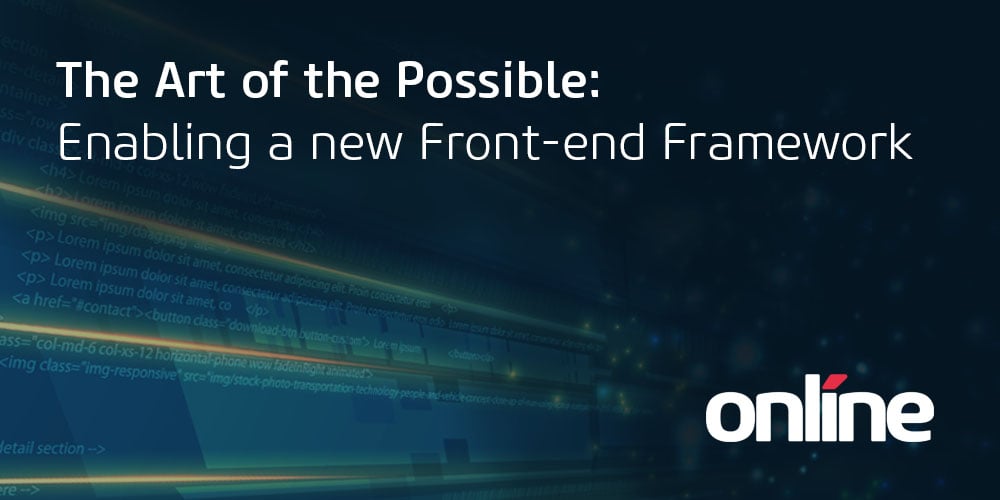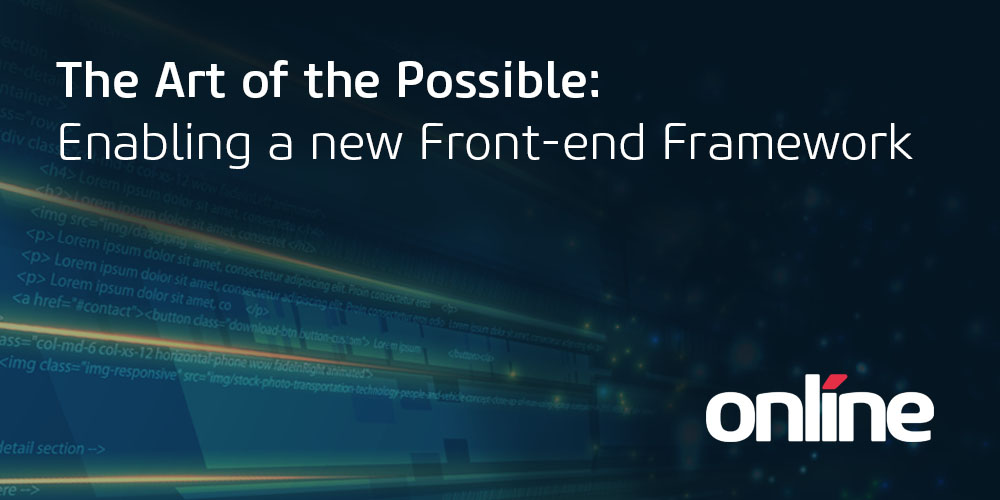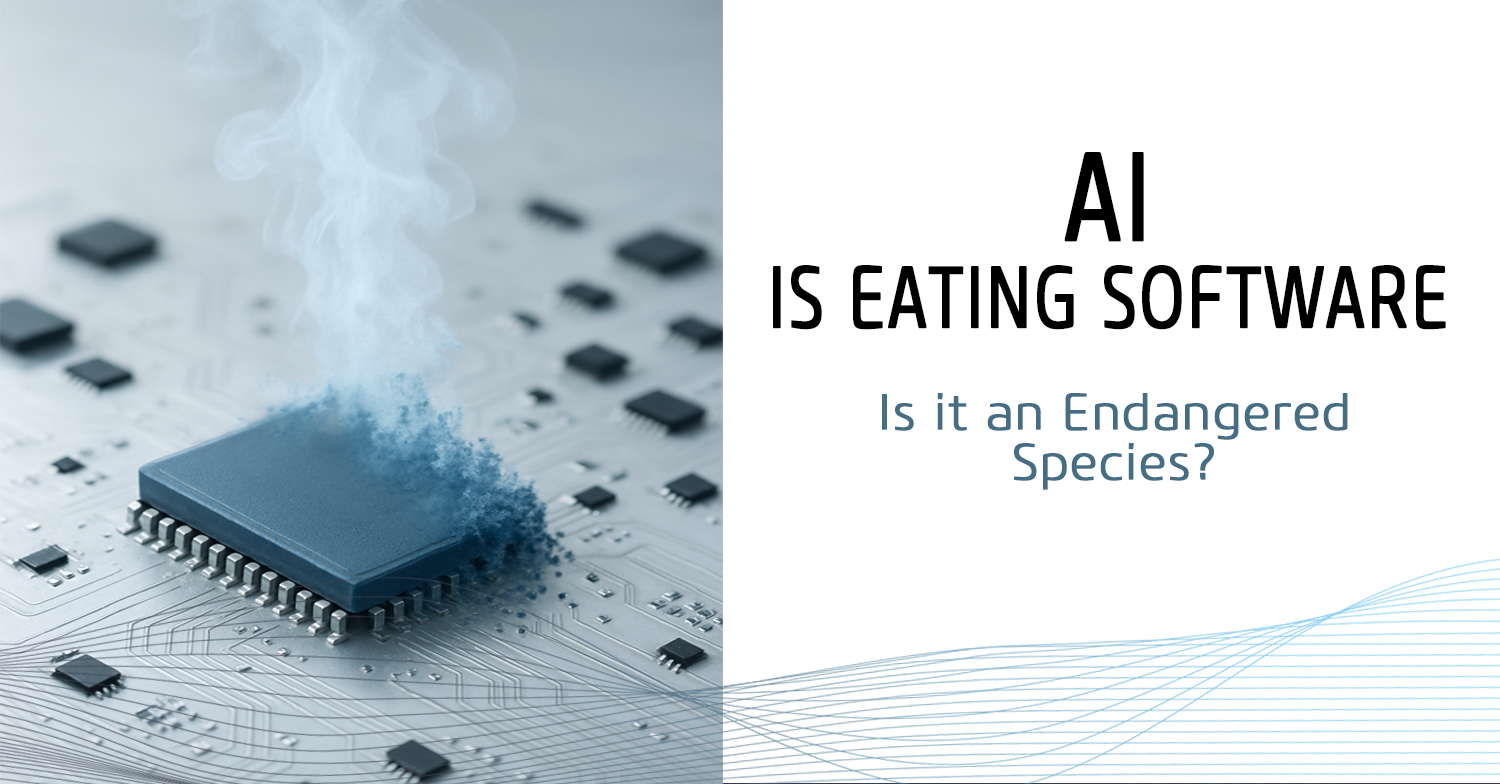In my most recent blog on Conversational IVR / AI I shared how many organizations continue to silo customer interactions by presenting DTMF IVR’s as the primary voice channel interface. To continue the conversation, I'd like to explore how this adversely affects organizations. Today, let’s look at the primary channel of choice for customers – the voice channel.
The Typical Call Flow for a DTMF IVR
The typical call flow for a DTMF IVR often follows a similar flow and presents two common dilemmas. The call flow may look like:

Can you relate?
Or perhaps your current solutions and options look a little different?
Either way, I hope you’ll stay with me because ultimately the options themselves on the main menu don’t matter. What we are talking about here is how your system presents options to your customers, requiring the customer to try and categorize why they are calling based on a set of discrete options.

This is the first dilemma and is the start of a potentially negative interaction. If the customer can’t neatly fit their need into your call menu, they are left guessing what option fits best, and hoping they have selected the correct one.
When the customer can’t find the right option, they take advantage of the option to "transfer to customer service" (that we’ve put there to help address the first dilemma.) Or it can be a collect-all exit point such as "for all other inquiries press 4."
At this stage there are many different reasons why a customer may be calling. Traditionally, it isn’t until the agent responds to the interaction that you understand why they are reaching out. At this stage, we hope that the agent who answers the call has the knowledge base to fulfill the customer’s needs so that the customer can then leave the interaction satisfied their issue was resolved on the first contact, and the agent can feel satisfied that they helped the customer appropriately.
Unfortunately we know that this doesn’t always happen: the agent may not be able to help the customer, they may need to invite another agent to assist or they may need to research a knowledge base or corporate FAQ repository while the customer is on hold. All of these alternate scenarios take time, and that time creates customer frustration which incurs cost to your organization. Even if you have created a sub-menu which appears after the customer selects “option 1”, this can still lead your customer to similar outcomes.
The point that I am trying to make is that the reason your customer is calling is not dispositioned until the end of the call and that is the second dilemma.
Perspective – Art of the Possible

I see three common challenges with a “Customer Service” queue, either a singular queue or one that is derived from sub-menus:
 |
1. Forecasting and Scheduling: Typically, call forecasts and schedules are based on general averages of all ‘interaction types. Each queue, or skill is assigned an average for inquiries including service level, handle time, conclusion time etc… Whether you use 15 or 30-minute intervals for workforce planning, your interaction arrival will be based on general averages. This creates a couple of issues. Firstly, “average” is not really the goal. We want our contact centersto provide “above-average” service and to resolve customer issues as efficiently as possible. Secondly, when you use a “customer services” queue, it’s virtually impossible to set an accurate average given the diverse set of inquires that end up being processed. |
 |
2. Skills Training: A consolidated queue, also means that when you hire and train agents for Customer Service, agents must be trained on all interaction types. Given the wide range of concerns a customer can present, your agents need extensive training to be able to address knowledge and skills to fulfill even the most infrequent or complex service requests. |
 |
3. Skills Routing: More sophisticated customer service queues take advantage of skills- based routing where calls are routed to agents based on the agent’s skill and proficiency. Matching callers with the right agent however proves to be a complicated guessing game and the subsequent menu tree that customers were forced to climb didn’t always work in their favour. |
Changing the Game: The Art of the Possible
The punchline is that what we have been doing isn’t working. We either make our customer service voice channel very simple, which puts a burden on our agents, or we deploy a complicated menu structure, which creates a poor interface experience for our customers.
What if there was a better way?
What if you gave the customer the opportunity to say in their own words why they are calling, within the first few seconds of their interaction with your organization?
And ...what if you were able to interpret what they said, and use it to route the call to the right resource, queue, or agent?
This is where the new generation in voice channel interface, conversational interactions, are really changing the game.
Conversational interactions allow an organization to respond to customers in a way that meets them where they are at. It also provides valuable intelligence that can be baked back into your customer service solutions to further improve how you service your customers.
When you drill down on the general handle time of conversational interactions you are able to effectively manage your queue and customer requests in ways we have been wanting to for a long time.
You can:
- Match agent skills to the customer’s request.
- Categorize interaction types based on frequency, complexity, and duration.
- Use this categorization criteria to forecast, schedule and manage based on a deeper understanding of why customer’s contact you.
- Shorten the time it takes to get a new agent supporting your customers because as soon as they are trained for a skill, they can take that interaction type.
- Identify the difficult reasons customers are reaching out and then match them with your best agent.
If people costs represent 60% or more of the cost in Customer Service, then you can look at Conversational IVR / AI as an approach to optimizing this cost.
By knowing why customers are reaching out to you earlier in the interaction, you can use that data to change the way you forecast, schedule, and manage their interaction service levels. The great news here is that it is not just about voice interactions, you can use Conversational IVR / AI to front-end all customer channels.
Using real-time data from actual interactions will optimize your system’s machine learning capabilities, and your own organization’s ability to categorize and properly address repetitious issues from a macro perspective. This valuable data will not only improve your customer and agent interactions, but also give you a frontline perspective into any underlying issues which need adjustment based on your customers’ expectations.
Conclusion
By enabling a new front-end solution for Conversational IVR / AI, you will have the underpinning to a whole new framework for your business to service your customers more efficiently. You'll be able to use the solution to identify the reasons customers are reaching out to you earlier in the interaction and then use that data to:
- Route the interaction to the best matched agent
- Group interactions based on frequency, complexity and duration and then change the way you forecast, schedule and manage service levels
- Reduce the time it takes to hire and train agents and have them servicing customers sooner
- Increase First Contact Resolution (FCR)
- Improve service levels
- Improve your Net Promoter Score (NPS)
- Identify interactions for self-service to eliminate the need for an agent to service the interaction and give the customer a chance to service themselves
When you have satisfied customers your agents are more productive and happy resulting in reduced negative attrition which directly impacts and lowers your cost per an interaction.
If you would like to learn more about how Conversational IVR can help improve your bottom line, click below.





Submit a Comment